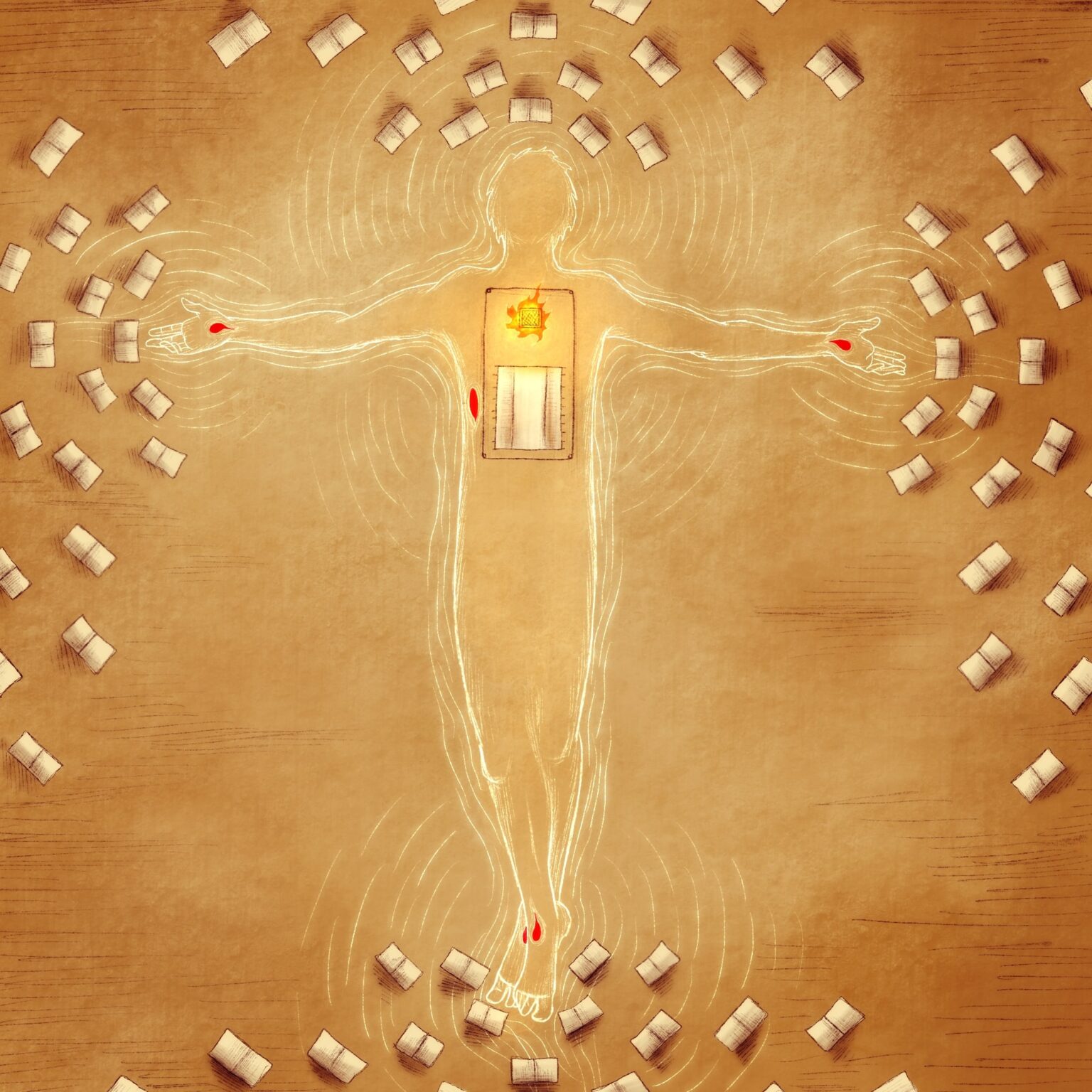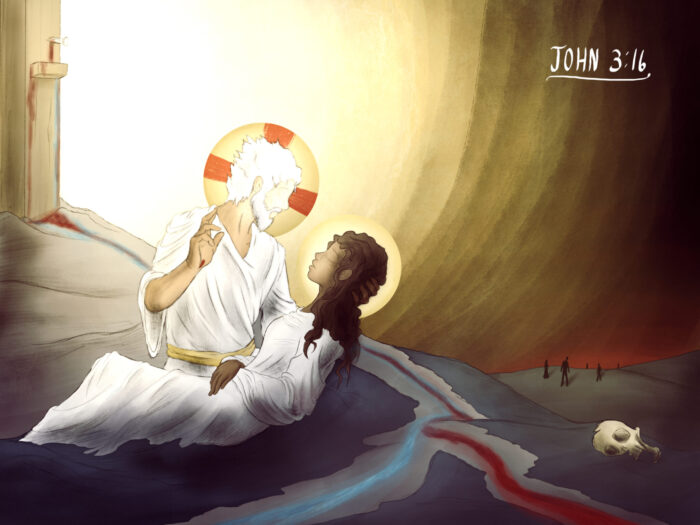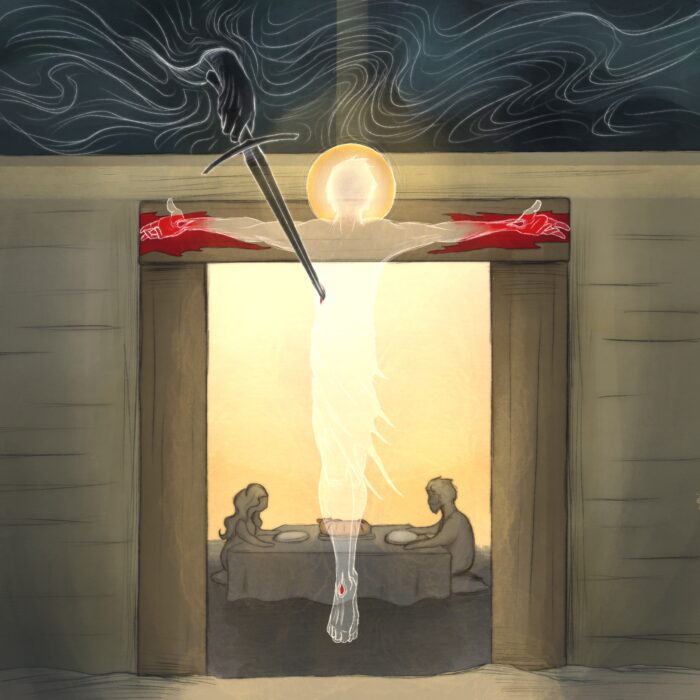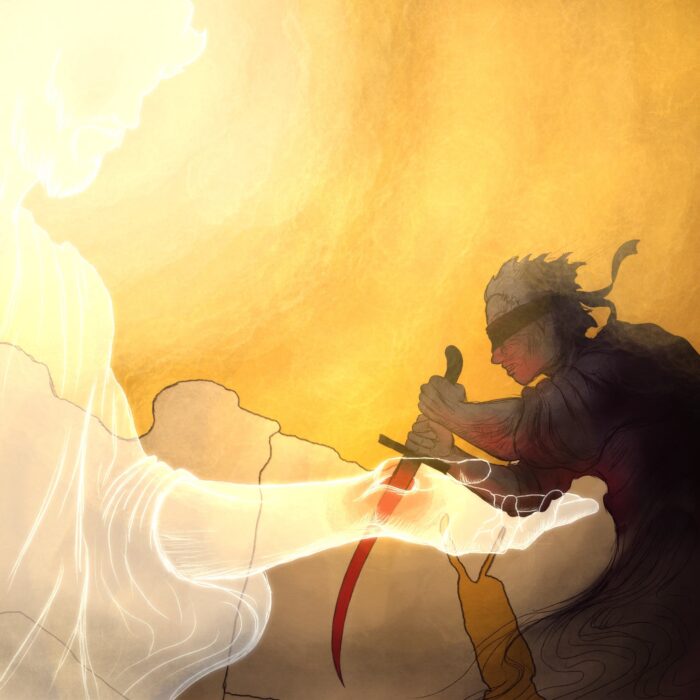Exodus 24:16, 25:8 + John 1:14


Exodus 24:16, “The glory of YHWH dwelt on Mount Sinai…”
Exodus 25:8, “And let them make me a sanctuary, that I may dwell in their midst.”
Exodus 24:16 tells us that the glory of the LORD dwelt on Sinai. Of course, we know—as did Moses—that God is “omnipresent,” but in a unique way, His glory dwelt at the top of Sinai. This is, no doubt intended by both YHWH and Moses as the author to be an echo of the “cosmic mountain” motif that was common in Ancient Near Eastern thought, Sinai representing the exalted throne of the universal deity (this interpretation is enforced by the “throne room” style vision in 24:10). Then, in 25:1-8, and especially 8, we learn that YHWH’s desire is to descend from this heavenly throne, as it were, and dwell among His people in a tent made of wood and leather and cloth.
This much is clear from the Exodus text and seems intended by the dual use of “dwell” in close proximity (24:16, 25:8). It seems to me that John picks up on this specific dynamic and highlights it in his prologue, especially, 1:14 where he says,
“The Word became flesh and dwelt (literally “tented” or “pitched His tent”) among us, and we have seen His glory, glory as of the only begotten Son of the Father, full of grace and truth (echoing “steadfast love and faithfulness” from Ex.34:6-7).”
John understands the descent of YHWH from His Sinaitic throne into the nomadic tabernacle as a foreshadowing of the true descent of YHWH: the incarnation, in which the Son descends from the true throne and dwells with His people in a tent of flesh and bone. An awesome connection and one that I think the Holy Spirit Himself makes for us….Note also that the Tabernacle is not just the tent structure, but it includes within its bounds the “throne” of God, represented by the Ark of the covenant, and the altar of burnt sacrifice. When YHWH dwells with His people, it will be in a structure that combines both exalted glory (the throne / ark) and bloody sacrifice (the altar).
Gloriously, we see these same two realities united in the true dwelling of God with His people, the man Christ Jesus. The Ark and Altar are united at the cross where the King of Israel, in climactic steadfast love and faithfulness, is enthroned on the altar of sacrifice (Matt.26:64, 27:42). And this unity of throne and altar never ends, in fact, John’s final vision of the eternal state has at its very center the Altar-Throne of the Slain and Risen Lamb who is the radiance of the glory of God and lamp of the New Heavens and Earth (Revelation 22:1).



